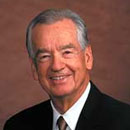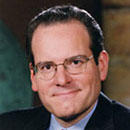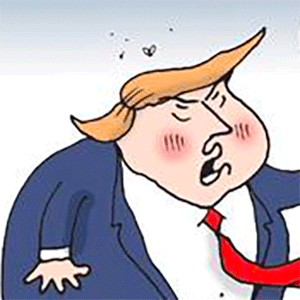US payrolls rebound from storms and strikes, rising by 227,000
Published in Business News
The U.S. job market returned to health last month after a storm- and strike-constrained October, with a solid advance in payrolls helping to temper concerns of a worsening slowdown in labor demand.
Nonfarm payrolls increased 227,000 last month following an upwardly revised 36,000 gain in October, according to Bureau of Labor Statistics figures released Friday. Since the figures have been choppy lately, economists are keeping an eye on payrolls growth over the past three months, which averaged 173,000.
The unemployment rate edged higher and wages rose by more than forecast.
The figures, after accounting for payrolls swings related to a Boeing Co. strike and hurricanes, support the Federal Reserve’s view that the job market remains solid yet no longer a big source of inflation. While price pressures have remained elevated in recent months, officials have begun reducing interest rates to give the economy a nudge and ensure hiring is sustained.
Chair Jerome Powell said earlier this week that the central bank’s decision to start rate cuts with a half-point move in September was meant to send a “strong signal” of the Fed’s intention to support the labor market. Policymakers reverted to their usual quarter-point reduction at November’s meeting, and several have suggested it may soon be time to pause cuts as the economy proves resilient.
Treasury yields slid and S&P 500 index futures rose while the dollar declined. Traders upped bets on a Fed rate cut later this month.
Officials will also see the latest data on consumer and producer prices, as well as retail sales, before the conclusion of their Dec. 17-18 meeting.
Sector breakdown
Hiring was led by healthcare and social assistance as well as leisure and hospitality and government. Retail trade cut the most jobs in a year, while durable goods manufacturing jobs jumped by 26,000 upon the conclusion of the Boeing Co. strike.
The participation rate — the share of the population that is working or looking for work — fell to 62.5%, the lowest since May. The rate for workers ages 25-54, also known as prime-age workers, was little changed.
The unemployment rate moved up amid more permanent job losses compared to temporary layoffs. There were also more people who voluntarily quit as well as joined the labor force but couldn’t immediately find work. It’s taking longer for unemployed Americans to find work — the number of people unemployed for at least 27 weeks jumped to the highest in nearly three years.
(With assistance from Chris Middleton, Vince Golle and Liz Capo McCormick.)
©2024 Bloomberg L.P. Visit bloomberg.com. Distributed by Tribune Content Agency, LLC.












Comments